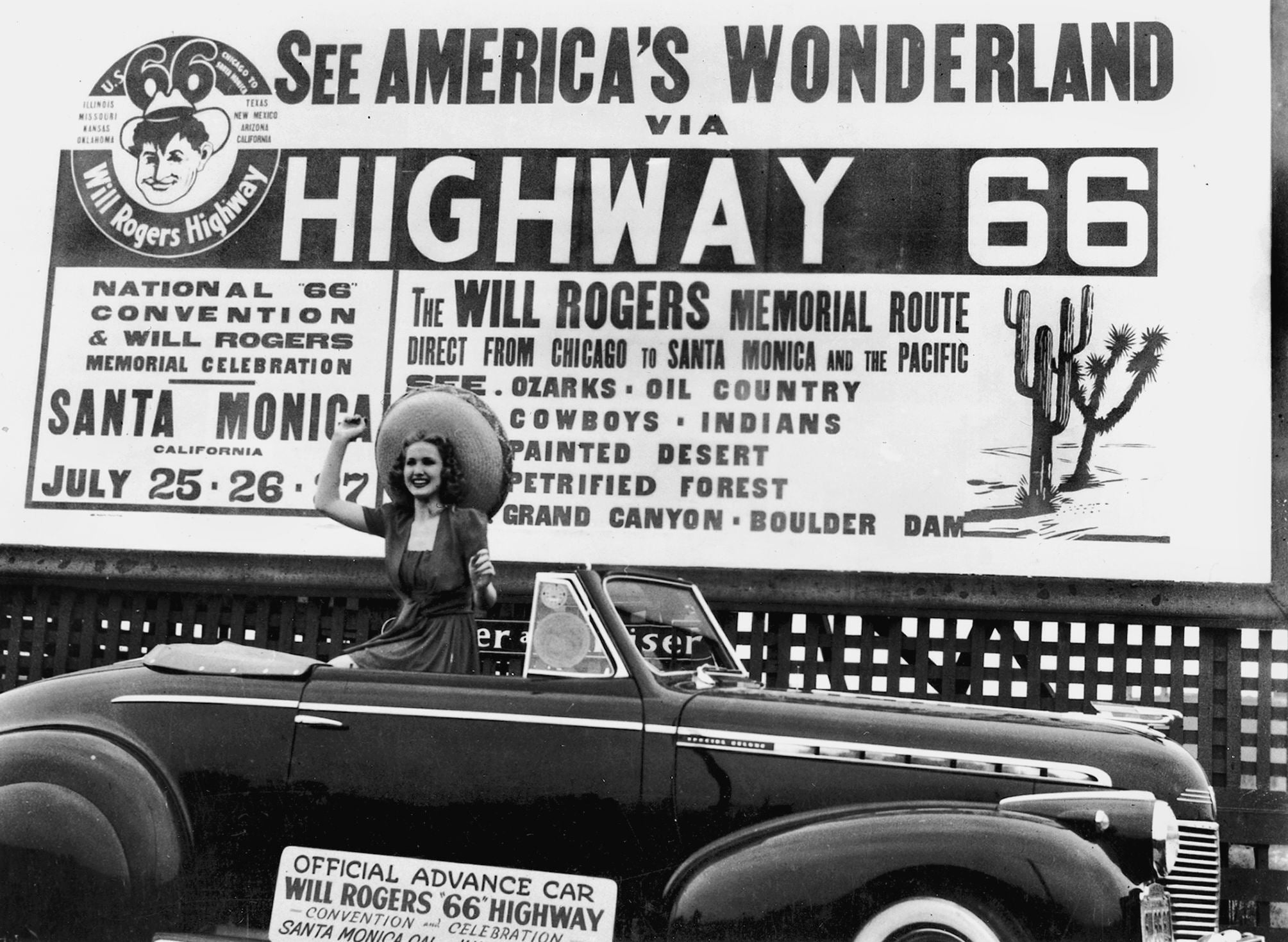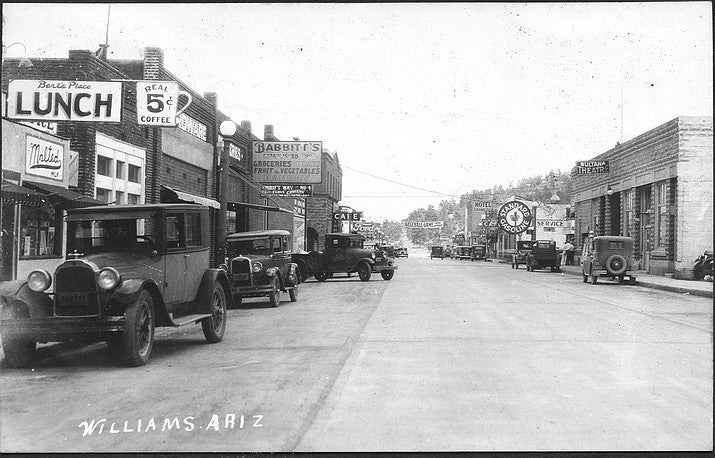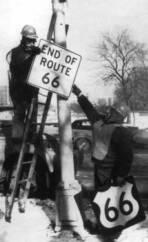Your Cart is Empty
You are $99.00 away from free shipping!
Your Cart is Empty
You are $99.00 away from free shipping!

If you ever plan to motor west, you’ll want to explore the highway that was the best.
It’s hard to name a more celebrated road in America that the legendary Route 66. Whether you have memories of cruising along the Mother Road in the wayback of the family station wagon or simply are drawn to its iconically nostalgic allure, it remains an undeniable cornerstone of Americana. Stretching from the banks of Lake Michigan all the way to the Santa Monica Pier, the“Main Street of America”wound its way through eight different states in its prime, covering a grand total of 2,448 miles.

But distance is just a number. The real story lives in the people, the purpose, and the landmarks that made Route 66 a lasting symbol or resilience that has stood the test of time.
People like Cyrus Avery.
It took the vision of a businessman from Tulsa to get the wheels moving on America’s first“super highway”. Wanting to see his hometown grow and gain visitors, Cyrus Avery championed the idea of an east-west route between Los Angeles and Chicago that would pass straight through Tulsa. Other east-west routes existed in the 20’s, but none that truly connected through the rural towns of middle America. After much eager petitioning and growing support, U.S. Highway 66 was officially commissioned on November 11th, 1926.
At its inception, only 800 miles of the road was paved. The initial route was a connected series of“auto trails”, maintained privately and discovered in a variety of conditions. By 1938 - thanks to the tireless efforts of a great many - the entire route would be paved from point to point, providing an essential thoroughfare in the years to come during World War II and beyond. In recognition of his efforts, Cyrus Avery would go on to be remembered as the“Father of Route 66.”
Adversities like the Dust Bowl.

The Mother Road served as an escape, a gateway for many during its brief yet impactful existence. Soon after its construction, Route 66 served a very real purpose for those seeking refuge from one of Middle America’s most trying times. In the midst of America’s Great Depression, the Dust Bowl of the early 1930’s ravaged its way across the Great Plains, leaving the land and homes across Oklahoma, Arkansas, and surrounding states barren and uninhabitable. Over 200,000 fled west on Route 66, aiming for opportunities, jobs, and a new way of life. In his iconic 1939 novel“The Grapes of Wrath”, John Steinbeck writes of Route 66 saying, "...the path of a people in flight, refugees from dust and shrinking land, from the thunder of tractors and shrinking ownership . . . they come into 66 from the tributary side roads, from the wagon tracks and the rutted country roads. 66 is the Mother Road, the road of flight.”
Landmarks like the Wagon Wheel.
Just as Route 66 became a symbol of escape in the 1930’s, it also came to represent growth and opportunity for the rural communities along its path. Small towns that previously had very little outside traffic were now front and center along America’s primary westward thoroughfare. As quickly as the guests arrived, so did the iconic eateries, trading posts, and filling stations that have become synonymous with the Mother Road. Their names conjur images of vintage neon signs and lines of American-made automobiles eagerly cruising their way. The Odell Standard Oil Station.The Totem Pole Trading Post. The Cozy Dog Drive-In. The list goes on and on. The Wagon Wheel Motel was one of the Route’s original fixtures, opening its doors to road trippers in 1938. As the oldest continually operating accommodations along Route 66, the original neon still greets weary travelers that cross its path.

Almost as quickly as Route 66 ushered in the future of American transportation, it would become a symbol of its past. World War II brought along excessive truck and equipment travel along the Mother Road, taking its toll on surface conditions. Route 66 quickly fell into a state of disrepair. In addition, the U.S. automotive industry boom meant a staggering increase of family and commercial vehicles on the road. A more sustainable roadway system would be needed to move American transportation into the future. By the 1950’s, the Federal-Ad Highway Act would be passed by President Eisenhower, paving the way for the genesis of America’s interstate highway system. Over 400,000 miles of interstate highways would be constructed, signalling the end of rural iconic motorways like Route 66, and in turn, the small towns and communities along the way. In 1985, the Mother Road was fully decommissioned.
Modern day maps no longer include markers for the original Route 66. Some stretches of the original route have become difficult to find for the modern traveler, often overgrown or disconnected, relegated to nature’s claim. Nonetheless, the Mother Road’s legacy lives on. It lives on through the small towns that have maintained her histoic significance for modern-day America to experience and enjoy. It lives on through her landmarks that are diligently preserved to withstand the test of time. It lives on through the iconic chapter of Americana that she represents, continuing to inspire exploration into our past while paving the way for growth into the future.

Orders shipped to Canada may be subject to import duties, tariffs, and taxes charged by Canadian customs. These fees are not included in our prices or shipping costs. You will be responsible for any additional charges upon delivery. Please review local customs regulations before placing your order.

